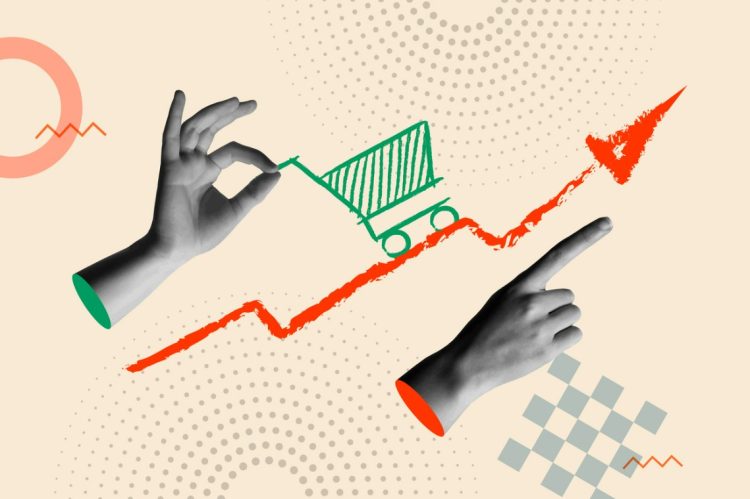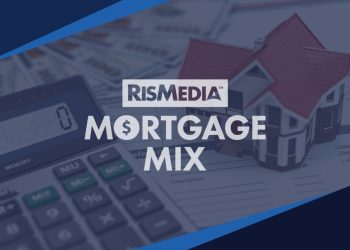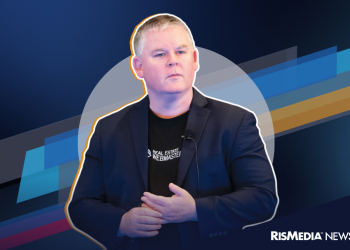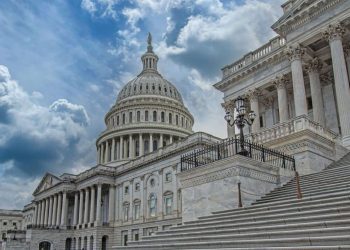Inflation continues to make a slow crawl upward, with tariffs again being pointed to as a major cause for concern by economists, according to the latest data from the U.S. Bureau of Economic Analysis (BEA).
The June Personal Income and Outlays report from the BEA saw personal consumption expenditures (PCE) increase by 0.3% from May.
“Consumer spending was weak in June and overall is down in the first six months of 2025; the last time this happened was COVID and financial crisis,” Jason Furman, an economics professor at Harvard and former chair of President Obama’s Council of Economic Advisers, said in a thread on X.
The PCE price index—the Federal Reserve’s preferred method of measuring inflation— for June also increased by 0.3%, and is now up 2.6% year-over-year.
The PCE price index excluding food and energy—also known as core inflation—increased 0.3% month-over-month, and is now up 2.8% year-over-year.
Furman added that “services excluding housing is the one slice that is muted, but that is what we were counting on to get inflation back to 2%.”
“The problem is goods inflation of this magnitude was not expected (prior to tariffs),” he continued.
Heather Long, chief economist for Navy Federal Credit Union and a columnist at the Washington Post, agreed with Furman’s take. She posted on X that “the most interesting data is WHAT people are and aren’t buying.
“Take a look at the chart. People are really staying away from cars and car parts out of fear of tariffs,” she continued. “We are starting to see signs of tariffs being passed onto consumers. Goods inflation is rising in both PCE and CPI inflation metrics.”
Essentially, all aspects of the PCE are up from the Fed’s 2% target for inflation, which lines up with the Federal Open Market Committee’s decision to hold interest rates steady yesterday. This is the stance the committee has maintained since the last rate cut in December.
Despite the vote to make no changes, there were two dissenting voters: Fed Governors Michelle W. Bowman and Christoper J. Waller. This marks the first dual dissent since December 1993. Both members have explained that they feel that monetary policy should be less restrictive, a stance President Donald Trump and others in government have actively taken as of late.
“Overall, whether you look at the last six months of data as a whole or just the last month of data, you get more than a hint of stagflation,” Furman added, “which is a quandary for the Fed. And is almost certainly due in part to the tariffs.”












